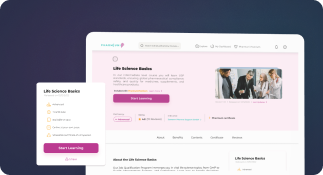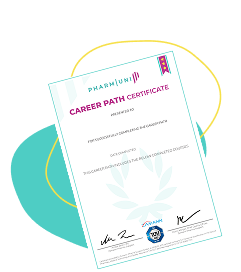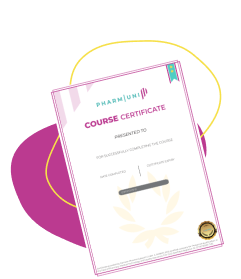Validation in the Pharmaceutical Industry
Definition
Validation in the pharmaceutical industry refers to the documented process of demonstrating that a system, process, or method consistently produces results that meet predetermined specifications and quality attributes. It is a critical component of Good Manufacturing Practice (GMP) and regulatory compliance, ensuring that drugs and medical products are safe, effective, and of high quality.
This process applies to various aspects of pharmaceutical operations, including equipment, facilities, utilities, processes, and computerized systems—commonly referred to as Computer System Validation (CSV).
Detailed Explanation
Purpose and Importance of Validation
The primary goal of validation is to ensure product quality, patient safety, and regulatory compliance. Regulatory agencies such as the U.S. Food and Drug Administration (FDA) and the European Medicines Agency (EMA) require pharmaceutical companies to validate their systems to minimize risks associated with manufacturing and data integrity.
Validation confirms that systems operate as intended, reduces the risk of errors, and ensures that data used for decision-making is accurate and reliable. It is a cornerstone of quality assurance in the life sciences sector.
Types of Validation in Pharmaceuticals
- Process Validation: Demonstrates that a manufacturing process consistently produces a product meeting its quality attributes.
- Cleaning Validation: Ensures that cleaning methods effectively remove residues and prevent cross-contamination.
- Equipment Validation: Confirms that equipment operates correctly and consistently under normal conditions.
- Computer System Validation (CSV): Ensures that software and computerized systems perform reliably and as intended.
- Analytical Method Validation: Confirms that analytical testing methods are accurate, reproducible, and suitable for their intended purpose.
Computer System Validation (CSV)
Pharmaceutical CSV is a specialized type of validation that focuses on computerized systems used in the development, manufacturing, and quality control of pharmaceutical products. It includes software applications, laboratory information systems (LIMS), manufacturing execution systems (MES), and enterprise resource planning (ERP) systems.
Key components of CSV include:
- User Requirements Specification (URS)
- Functional and Design Specifications
- Risk Assessment and Impact Analysis
- Validation Plan and Protocols (IQ, OQ, PQ)
- Traceability Matrix
- Validation Report and Summary
CSV ensures data integrity, audit trails, electronic records compliance (e.g., 21 CFR Part 11), and system reliability.
Regulatory Context and Compliance
Validation activities must comply with global regulatory requirements. Notable frameworks and guidelines include:
- FDA 21 CFR Part 11: Governs electronic records and signatures in the U.S.
- EU Annex 11: Regulates computerized systems in the EU GMP framework.
- ICH Q7 and Q9: Provide principles for GMP and risk management.
- GAMP 5: A widely accepted guidance for risk-based validation of automated systems.
Failure to validate systems properly can result in regulatory warnings, product recalls, or even production halts.
Examples and Use Cases
- Manufacturing Execution System (MES): A pharmaceutical company validates its MES to ensure batch records are accurate and compliant with GMP standards.
- Laboratory Instruments: A QC lab validates its chromatography software to ensure accurate and reproducible test results.
- ERP System: An ERP system is validated to ensure that inventory, batch traceability, and quality release workflows function correctly.
Best Practices for Validation
- Adopt a risk-based approach to determine the level of validation required.
- Maintain thorough documentation throughout the validation lifecycle.
- Ensure cross-functional collaboration between IT, QA, and business units.
- Regularly review and revalidate systems as needed (e.g., after upgrades or changes).
- Train personnel involved in validation activities.



